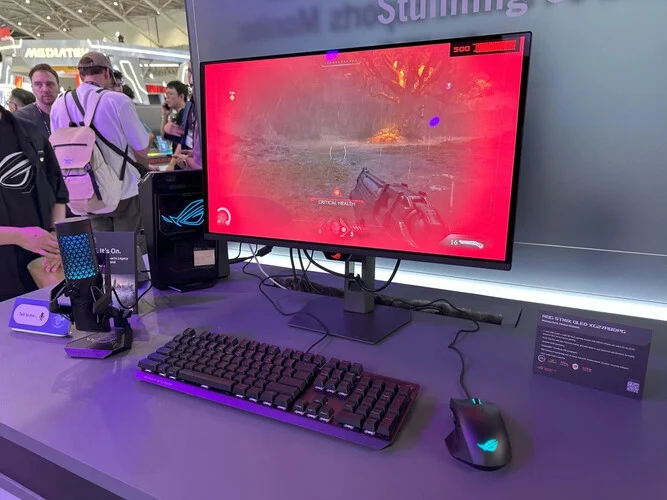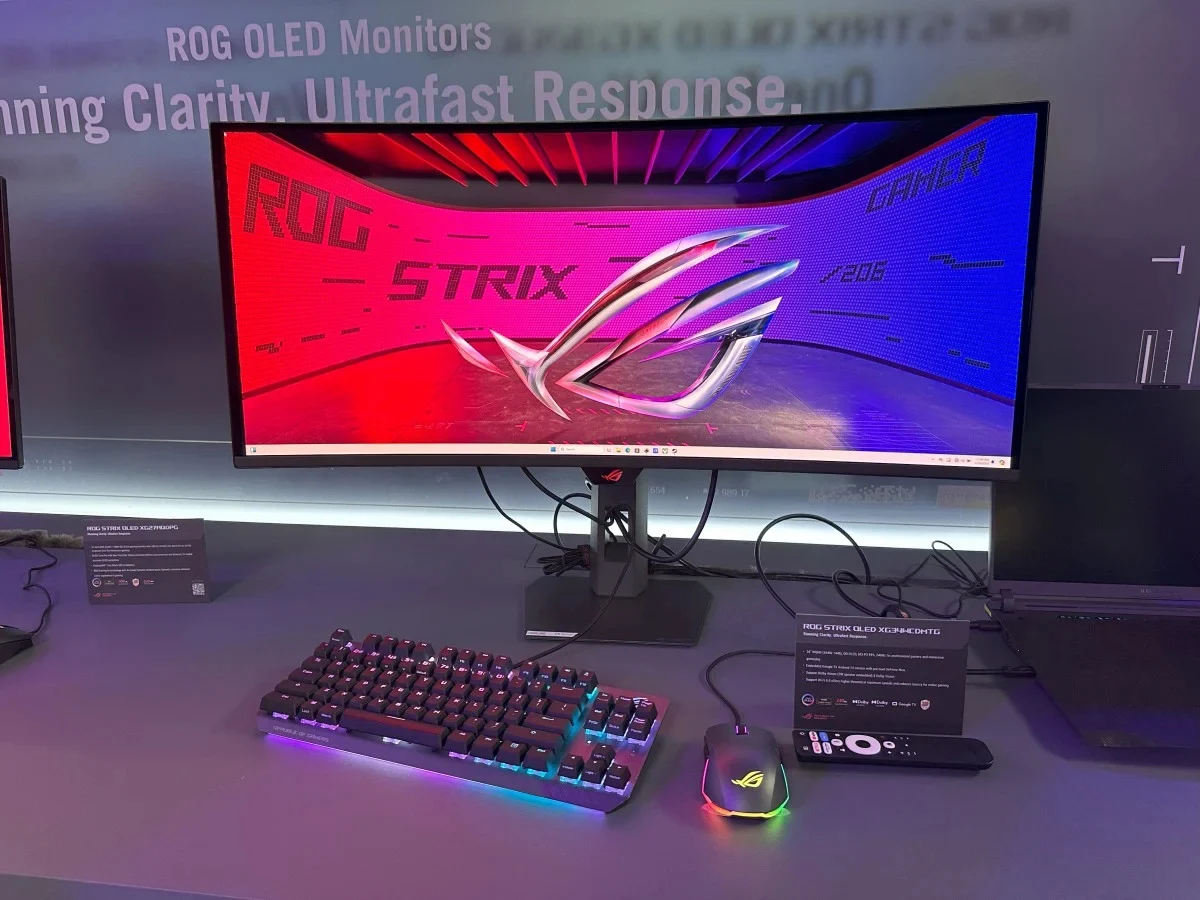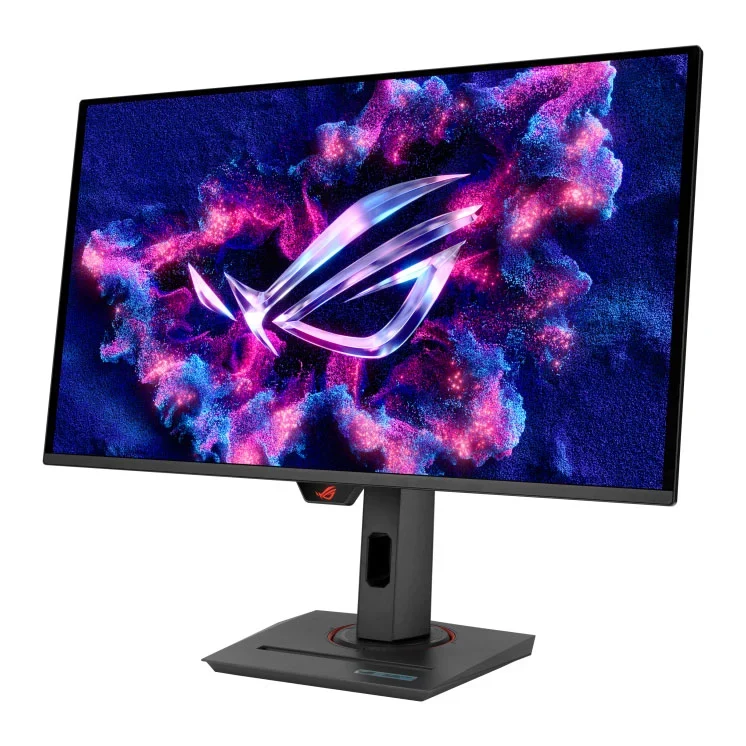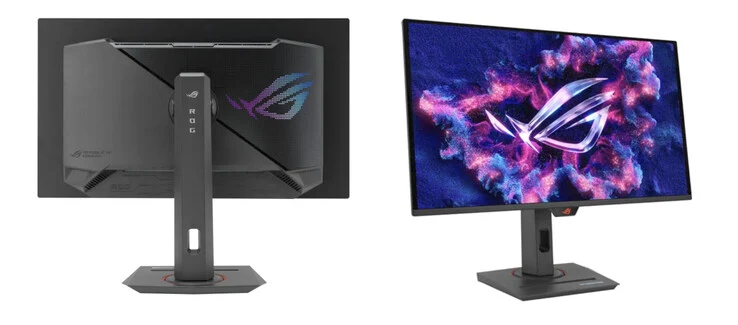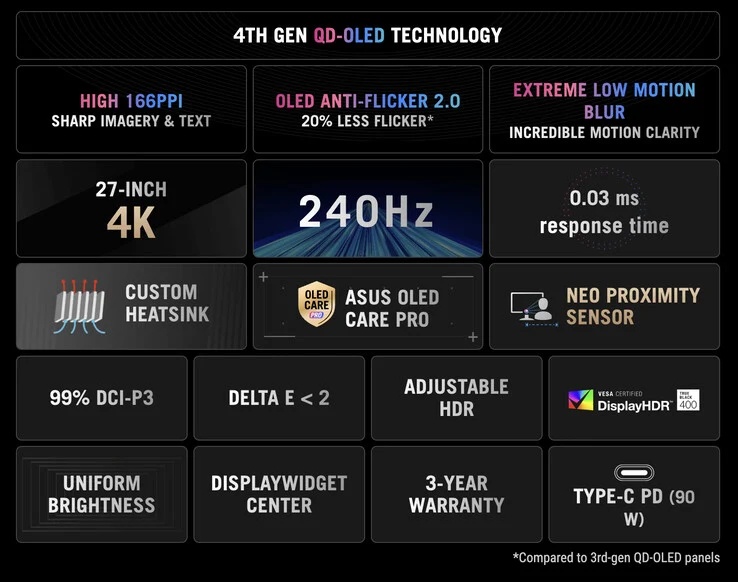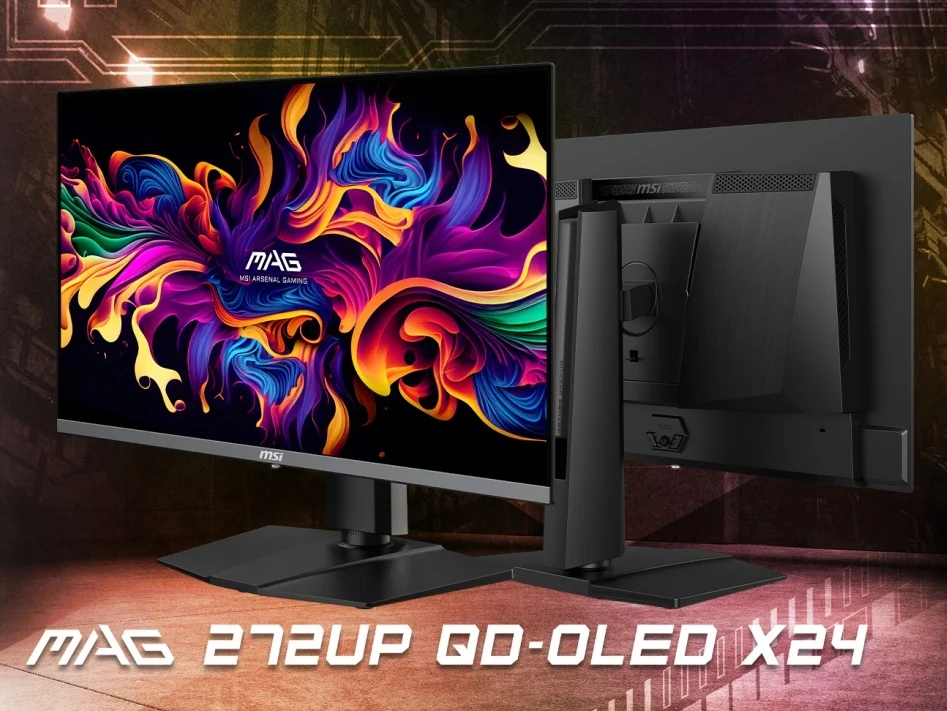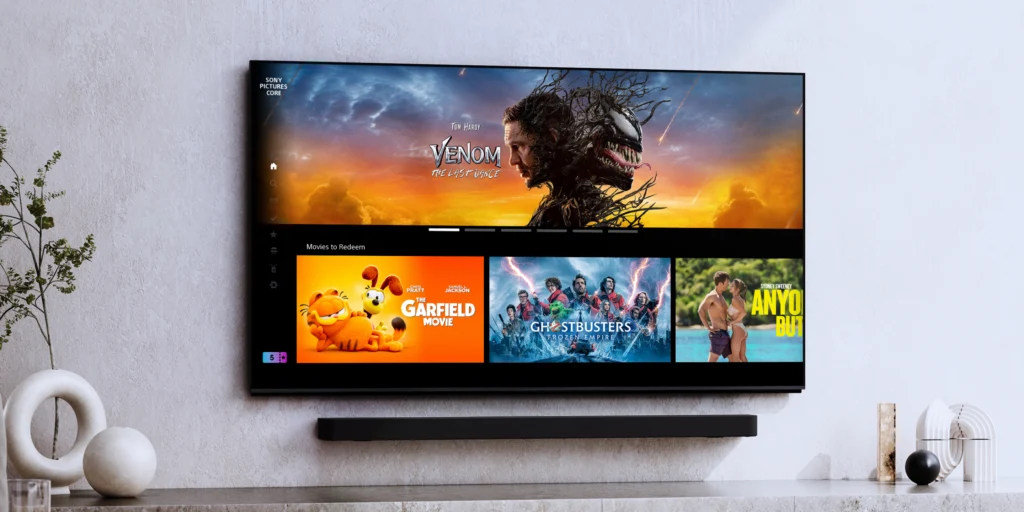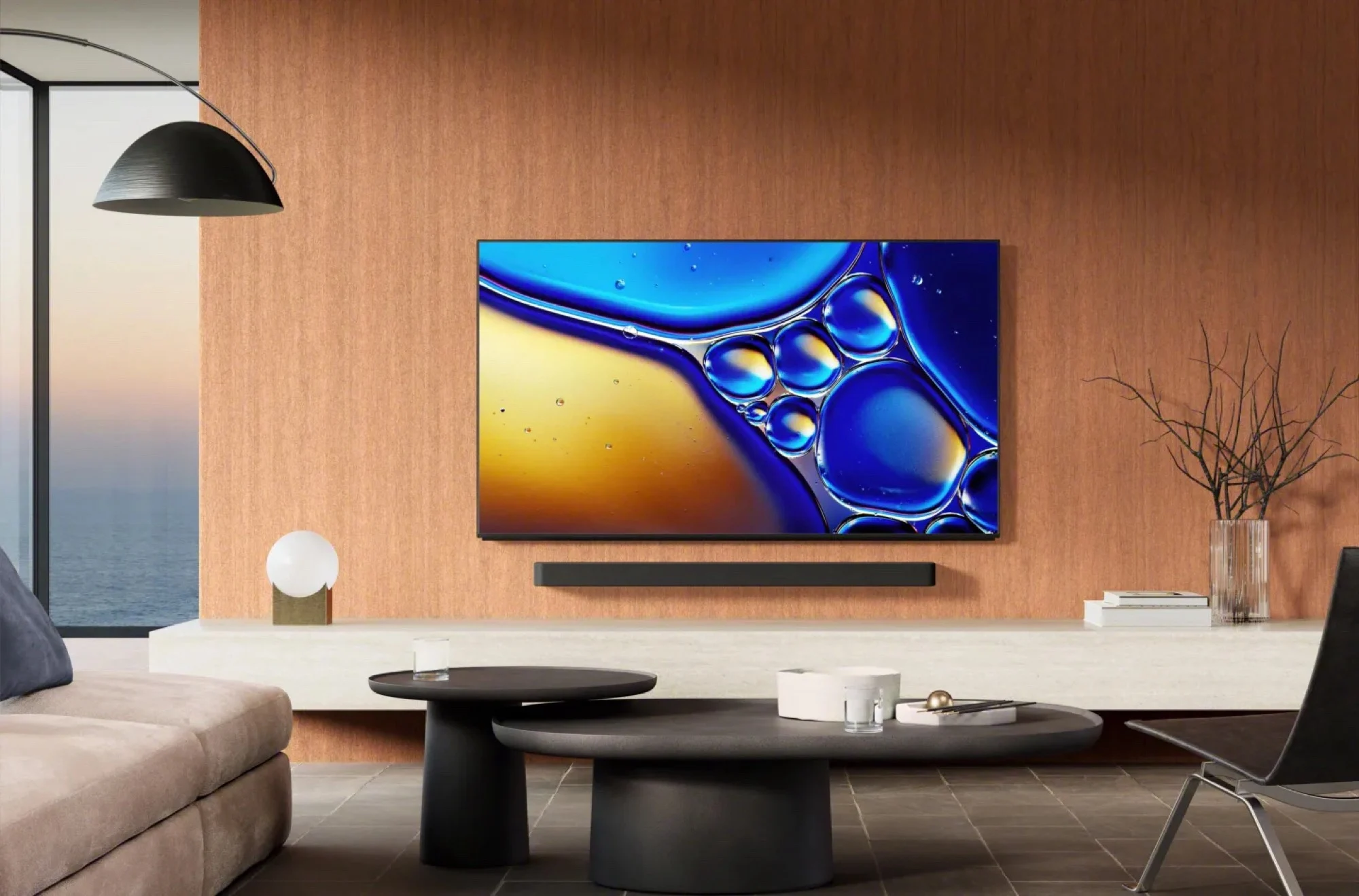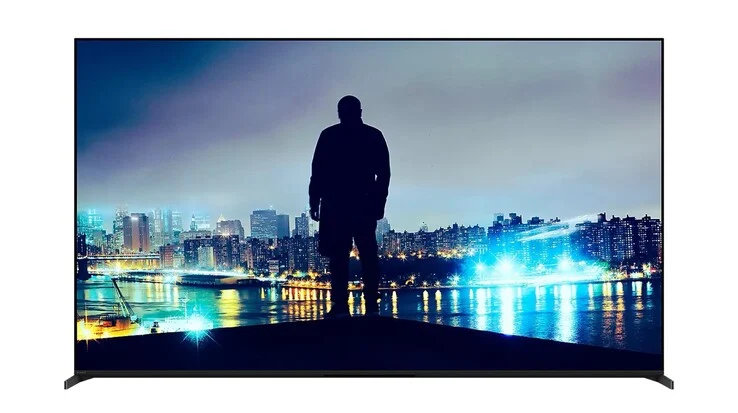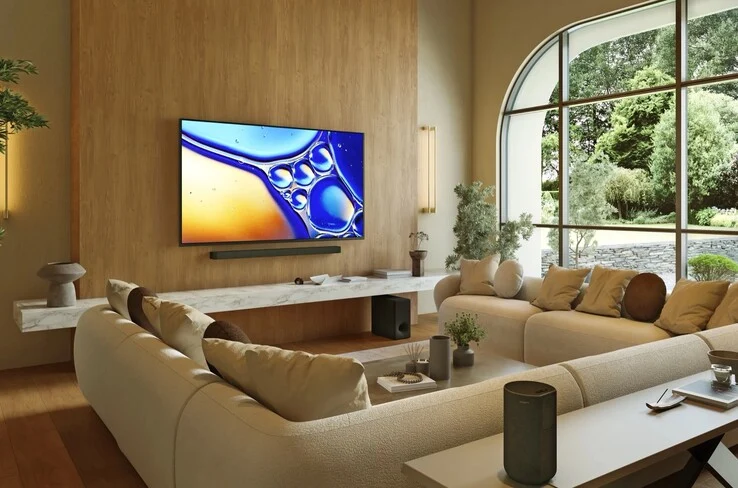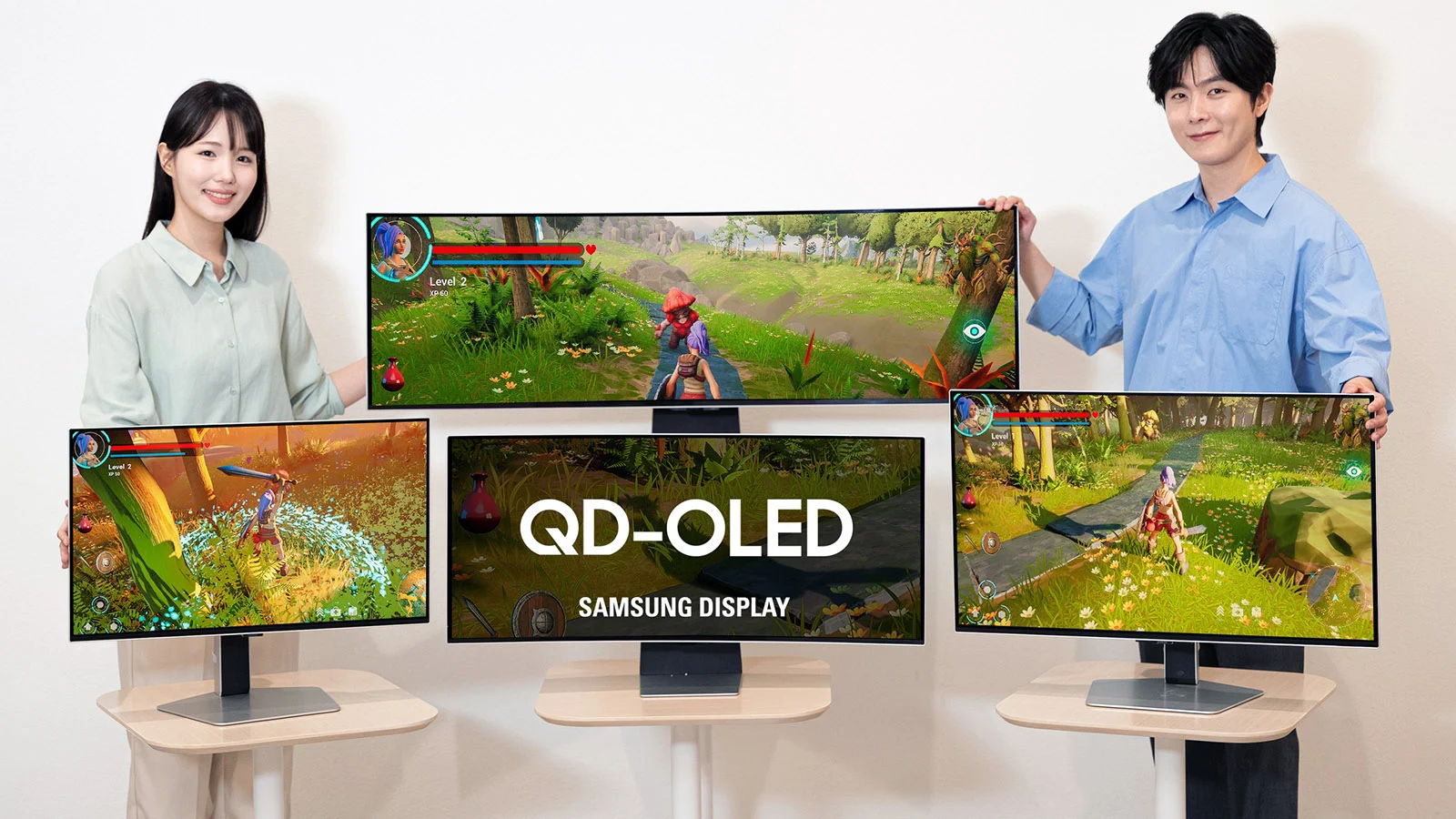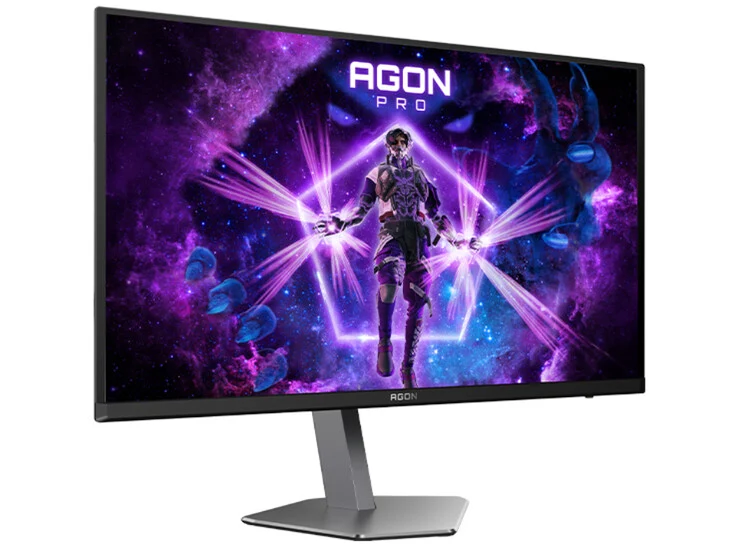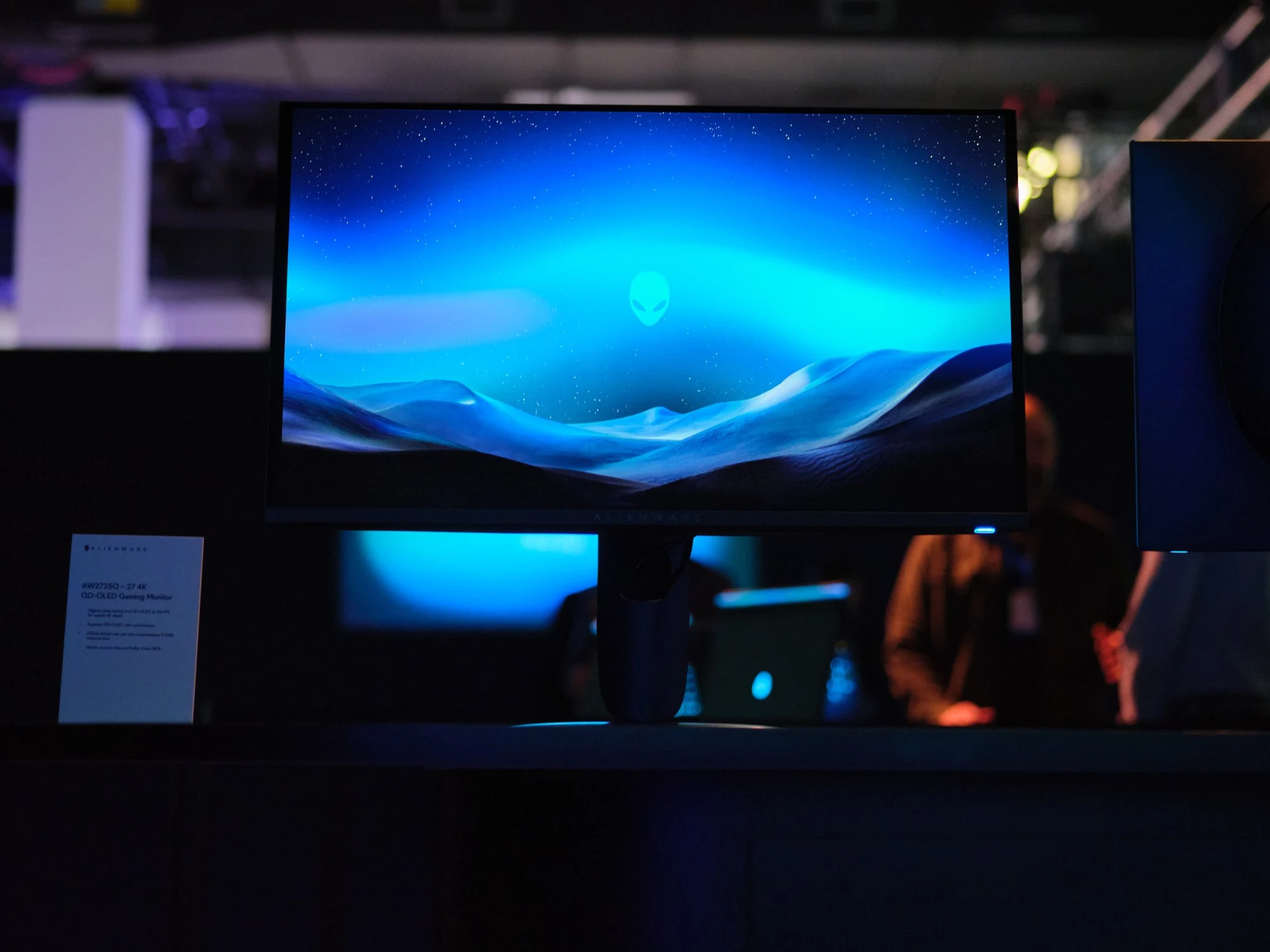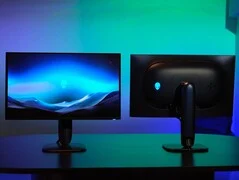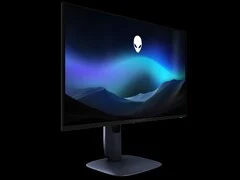Key Takeaways
1. Asus is launching new OLED monitors, including models like the PG32UCDMR and XG34WCDMTG, along with a fast XG248QSG.
2. A new Tandem RGB OLED model is expected to reach brightness levels of 4,000 nits and a refresh rate of 540 Hz.
3. The ROG Strix OLED XG27AQDPG is set to release in July 2025 with a suggested price of $899.
4. The XG27AQDPG may be the first 500 Hz QD-OLED monitor, featuring 0.03 ms GtG response times and support for VRR and ALLM via HDMI 2.1.
5. Full specifications for the XG27AQDPG will likely be revealed in summer 2025, along with support for DisplayPort 1.4 and OLED Care Pro software.
Asus has been quite active lately, rolling out a variety of new monitors. These include OLED models such as the PG32UCDMR, XG32UCWG, XG32UCWMG, and XG34WCDMTG, as well as the super-fast XG248QSG. Additionally, the brand has hinted at a new Tandem RGB OLED model that could achieve brightness levels of up to 4,000 nits and a remarkable refresh rate of 540 Hz.
Upcoming Gaming Monitors
There are several additional gaming monitors from Asus that are still pending release, some of which were first displayed months ago. A notable example is the ROG Strix OLED XG27AQDPG, which was part of Asus’s CES 2025 exhibit along with units like the ROG Swift OLED PG27UCDM (currently priced at $1,199 on Amazon). Although the PG27UCDM has been on the market for a while, Asus has not provided any updates on the XG27AQDPG since January.
Pricing and Features
Reports from TFTCentral indicate that the company has privately confirmed the expected release date and pricing for the XG27AQDPG. Asus aims to launch this monitor in July 2025 with a suggested retail price of $899. If all goes as planned, the XG27AQDPG might be the first 500 Hz QD-OLED monitor available for purchase, even though rivals Gigabyte and MSI have presented their own versions.
With that price, the XG27AQDPG is expected to offer 0.03 ms GtG response times, support for variable refresh rate (VRR), and Auto Low Latency Mode (ALLM) when connected via HDMI 2.1. It’s also anticipated that Asus will include DisplayPort 1.4 support and the OLED Care Pro software to enhance the lifespan of the panel. Full specifications for the XG27AQDPG will probably not be available until summer.
Source:
Link
